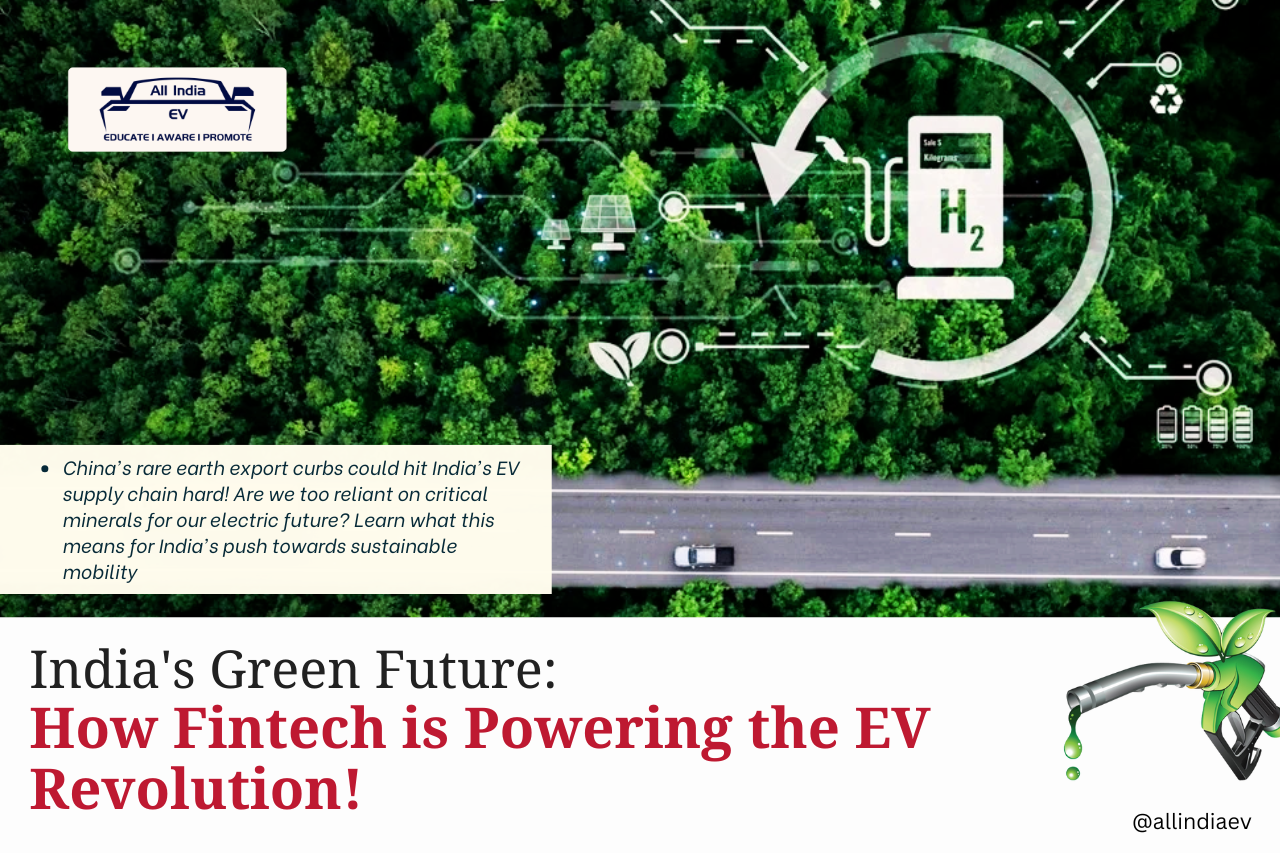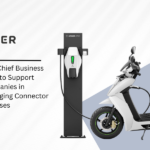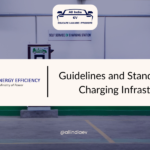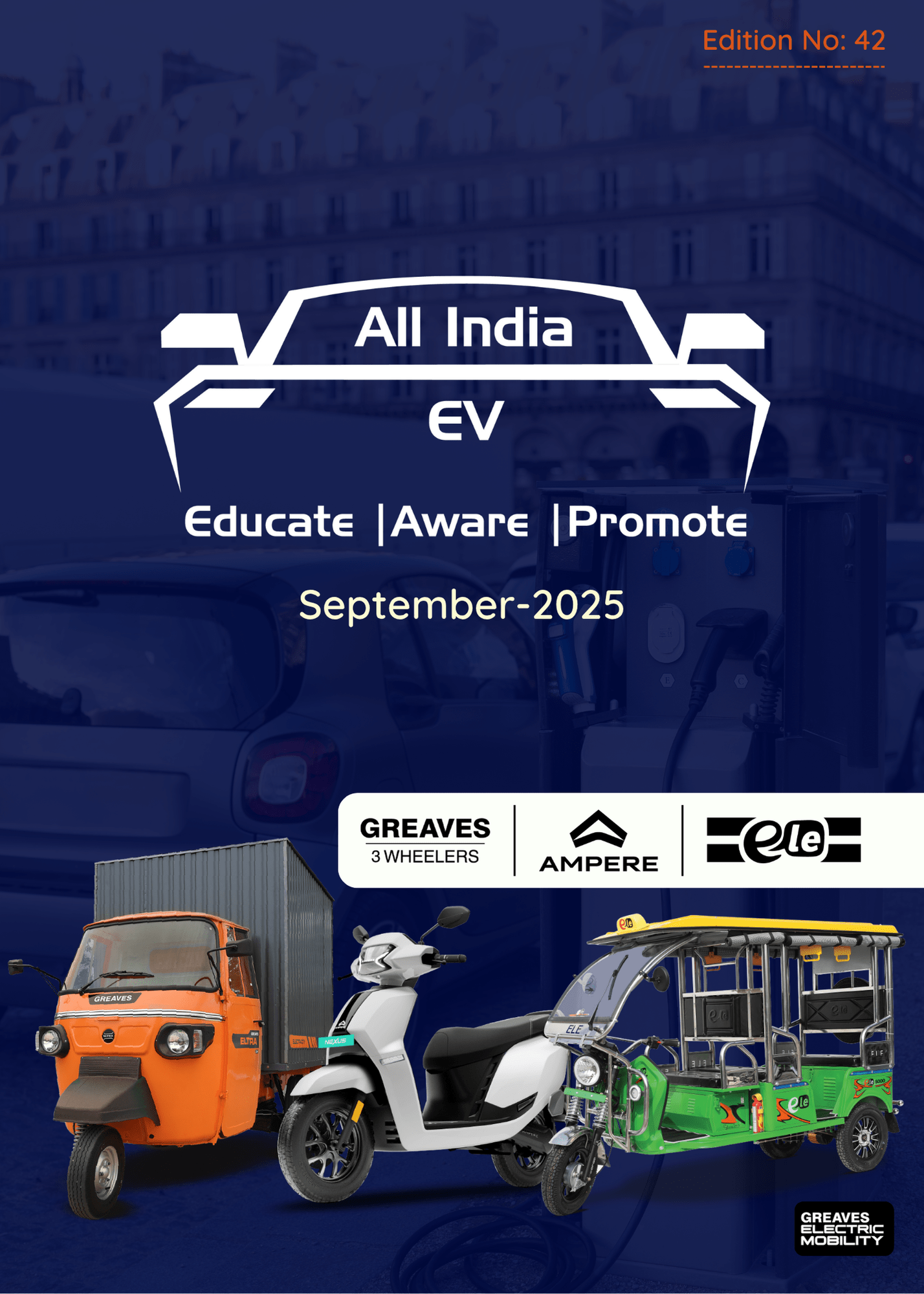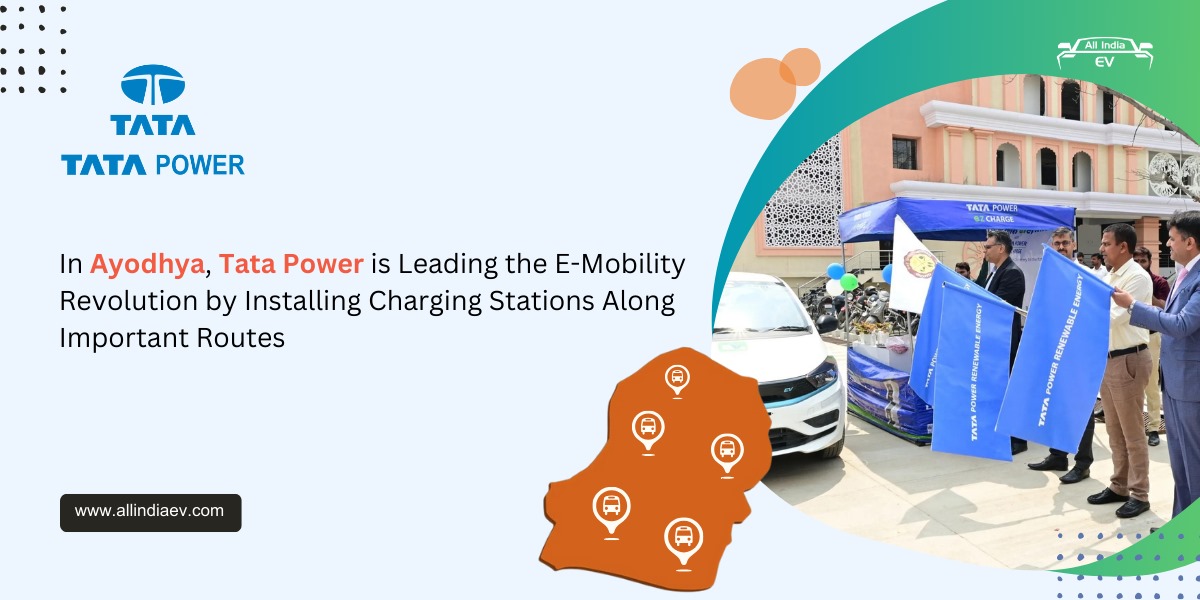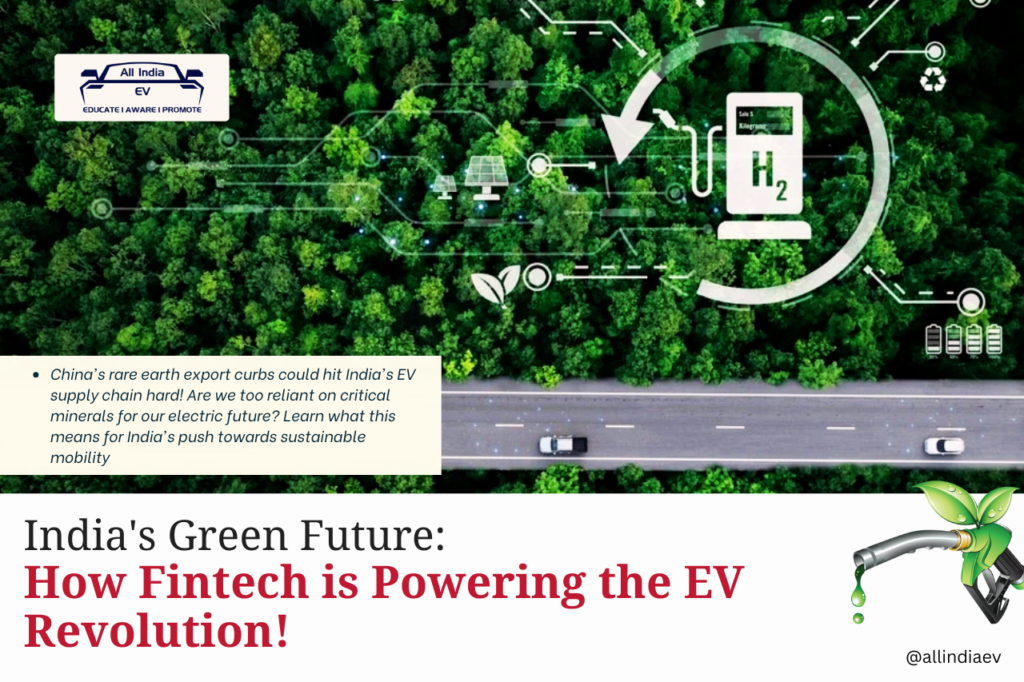
Fintech boosts EV growth beyond metros, easing affordability hurdles despite price drops and rising electric two-wheeler sales in India.
- EV Affordability Still a Challenge in Smaller Cities
- Fintech Steps In: New-Age Lending for a New-Age Consumer
- Co-Lending Models: Driving Inclusion Through Partnerships
- Embedded Finance and Instant KYC: Redefining the EV Purchase Journey
- Catalysts for India’s Net-Zero Future
- From Boardrooms to Bharat: A Digital Roadmap to Green Inclusion
As India accelerates toward its net-zero ambitions, fintech is emerging as a powerful enabler in expanding electric vehicle (EV) adoption beyond urban centers, unlocking access for millions in Tier 2 and Tier 3 cities.
Despite surging EV sales in metros, affordability and financing gaps remain major roadblocks for smaller towns and rural consumers. Fintech innovation is rapidly stepping in to bridge this divide — transforming how Indians finance and access electric mobility.
EV Affordability Still a Challenge in Smaller Cities
According to FY2024 data, electric two-wheeler sales reached 1.14 million units, marking a 33% year-on-year growth and accounting for 59% of India’s total EV sales. However, much of this growth is concentrated in urban areas.
In non-metro cities, the average electric scooter price ranges between ₹80,000 and ₹1.2 lakh, a stretch for households earning ₹25,000–₹40,000 per month. The affordability challenge is further compounded by the informal nature of employment—from gig workers to small traders—who often lack formal credit histories or documented incomes.
Fintech Steps In: New-Age Lending for a New-Age Consumer
Digital lending platforms are transforming EV financing with flexible, real-time credit offerings, tailored to underserved segments. By leveraging alternative data — such as UPI transactions, mobile wallet usage, and utility payments — fintechs are crafting holistic credit scores for individuals excluded by traditional banks.
“These innovations are not just financial tools but bridges to opportunity,” said an EV policy analyst. “Fintech is breaking barriers that banks could never address alone.”
Co-Lending Models: Driving Inclusion Through Partnerships
A major breakthrough in this space is the rise of co-lending partnerships between OEMs and fintech firms. These models combine the scale of automakers with the agility of digital lenders.
For instance, partnerships between players like Tata Motors and State Bank of India are now offering up to 90% financing with tenures extending up to six years — easing upfront cost pressures. Fintechs are building on this framework to embed finance directly into the EV purchase process, particularly in smaller towns.
Embedded Finance and Instant KYC: Redefining the EV Purchase Journey
The rise of embedded finance platforms is streamlining the customer journey — from real-time Aadhaar-based KYC to instant disbursals, custom EMI options, and even insurance bundling — all from a single digital interface.
Solutions like seasonal EMIs for farmers and flexible cycles for gig workers are making EVs not just aspirational but attainable across economic segments.
“Fintechs are reimagining mobility as a service, not just a product,” said a leading mobility investor.
Catalysts for India’s Net-Zero Future
With a national goal of achieving net-zero emissions by 2070 and 30% EV penetration by 2030, fintechs are proving critical to inclusive green finance. Their ability to track and report carbon savings and drive behavior through financial incentives gives them a unique role in India’s decarbonization roadmap.
From providing last-mile credit to funding EV charging infrastructure, fintechs are poised to power the next wave of sustainable mobility.
From Boardrooms to Bharat: A Digital Roadmap to Green Inclusion
As the EV ecosystem matures, the next frontier of growth lies in India’s heartland. Fintech-led innovation in credit models, embedded services, and strategic OEM alliances will determine how fast and far India can electrify its roads.
But this momentum needs to be matched with robust policy frameworks, infrastructure development, and collective action.
“India’s green mobility revolution won’t be built in boardrooms alone,” the report concludes. “It will be driven by fintechs empowering real people in real towns with real solutions.”


